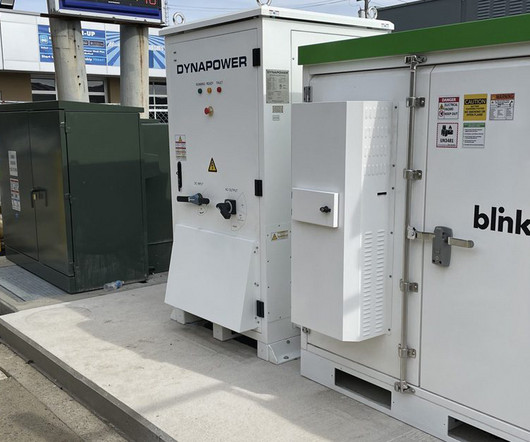Balqon Corporation introduces HIQAP industrial lithium-ion packs to replace lead-acid batteries
Green Car Congress
JULY 30, 2012
Balqon Corporation, a developer of heavy-duty electric vehicles, drive systems and lithium battery storage devices, has introduced high-capacity lithium-ion batteries as an alternative to the current industrial deep cycle lead acid batteries. —Balwinder Samra, CEO of Balqon Corporation.























Let's personalize your content